Even the smartest people in history have been fooled. Famous scientists, powerful leaders, and respected institutions have all fallen for hoaxes that seemed real at the time. Some fakes shaped entire fields or cost fortunes before anyone figured out the truth. Here’s a look at ten times the world’s brightest minds were taken in by a good lie.
The Fake Diaries
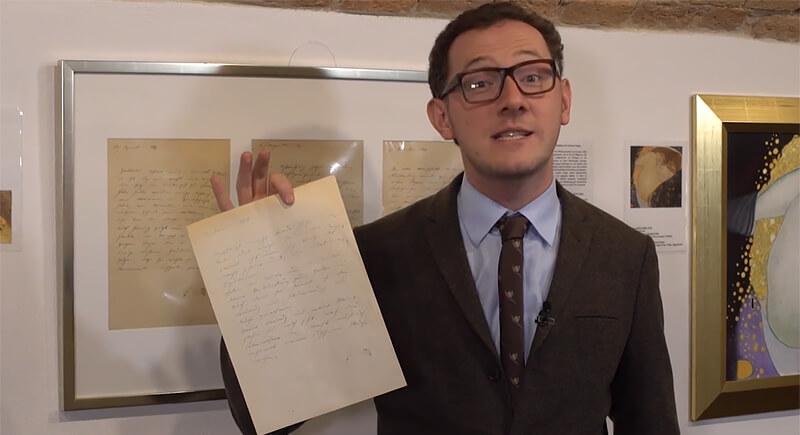
In 1983, Stern, a German magazine, proudly published what it believed were Adolf’s personal diaries. However, the journals were actually created by Konrad Kujau, an antiques dealer with a flair for forgery. He used cheap notebooks and aging techniques to mimic 1940s materials. The magazine spent millions before learning the truth.
The Cottingley Fairies Photos
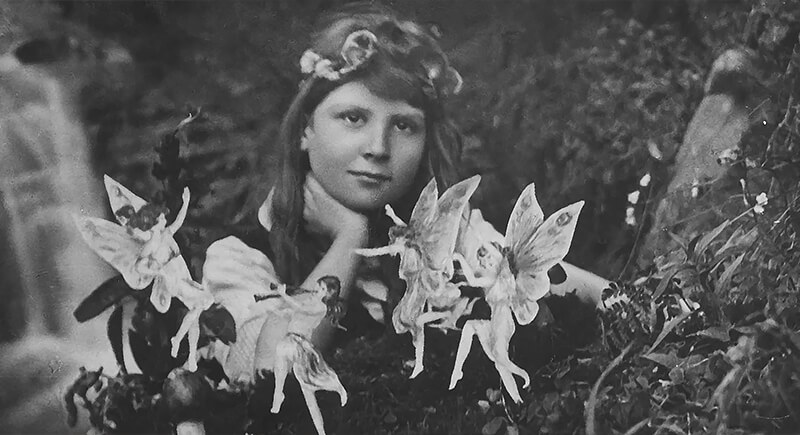
Elsie Wright and Frances Griffiths fooled the public with photos they had taken in 1917. The cousins posed with paper fairies, and spiritualists saw them as proof of the supernatural. The hoax didn’t unravel until the 1980s when the women admitted to staging the pictures using drawings and camera tricks.
The Donation Of Constantine
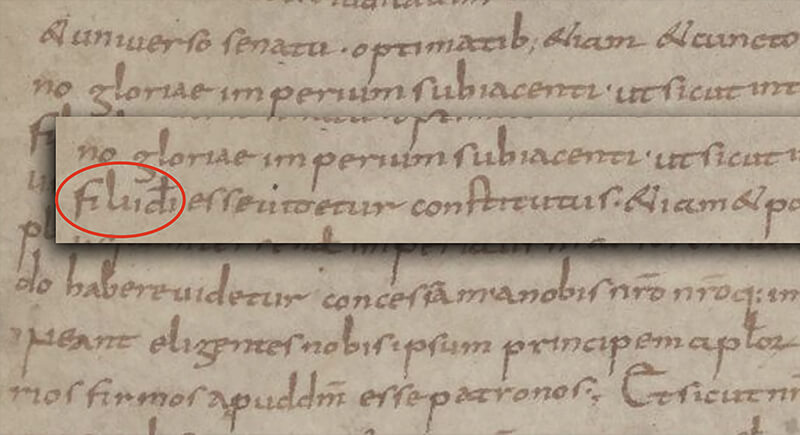
This forged Roman imperial decree claimed Emperor Constantine had gifted territories to the Pope. Yet the document, supposedly from the 4th century, contained Latin that didn’t exist until hundreds of years later. Renaissance scholar Lorenzo Valla debunked it in the 15th century using linguistic analysis.
William Mumler’s Spirit Photography
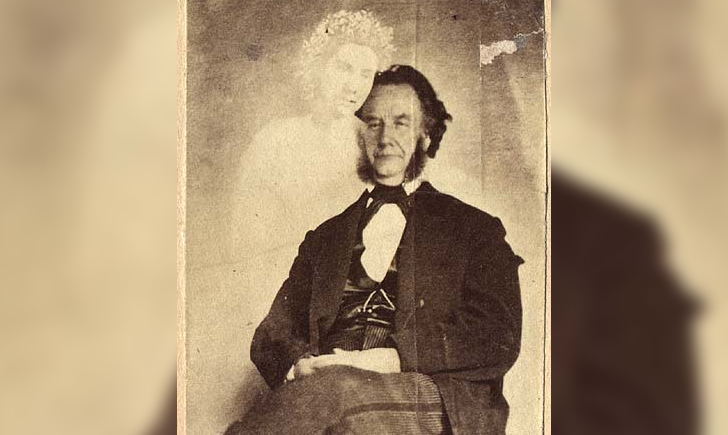
In the 1860s, American photographer William Mumler became famous for capturing “spirits” in portraits. Bereaved clients paid high prices for photos featuring ghostly figures hovering beside them, usually relatives who’d passed on. The trick? Mumler used double exposure and recycled images of the lost ones to create convincing apparitions.
The Piltdown Man
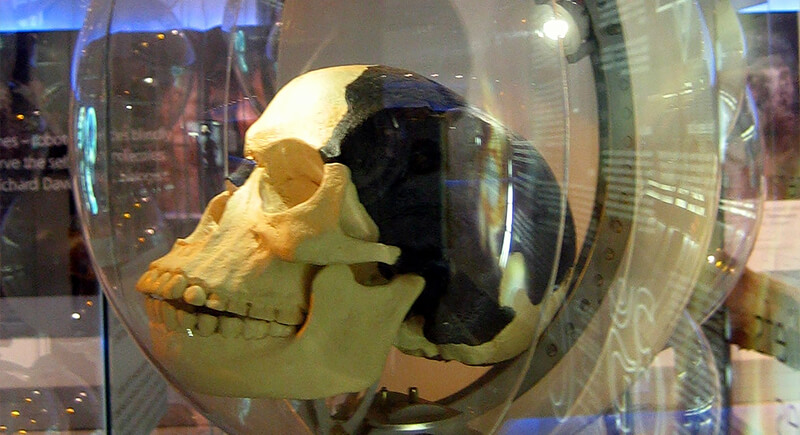
British scientists once announced a major discovery: the missing link between apes and humans was found in Sussex. Named Piltdown Man, the fossil combined a human skull and an orangutan jaw. Experts hailed it for decades—until 1953, when tests revealed the bones had been chemically aged and deliberately planted.
The Tiara Of Saitaferne
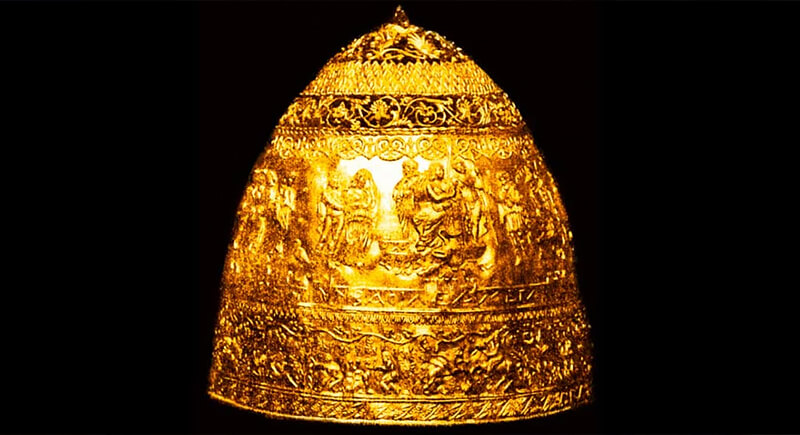
The Louvre paid 200,000 francs for a gold tiara thought to be a third-century BC treasure linked to the Scythian king Saitaphernes. It wasn’t. The crown had been commissioned by a Russian collector and forged by a skilled goldsmith in Odessa just a year earlier.
The Berners Street Hoax
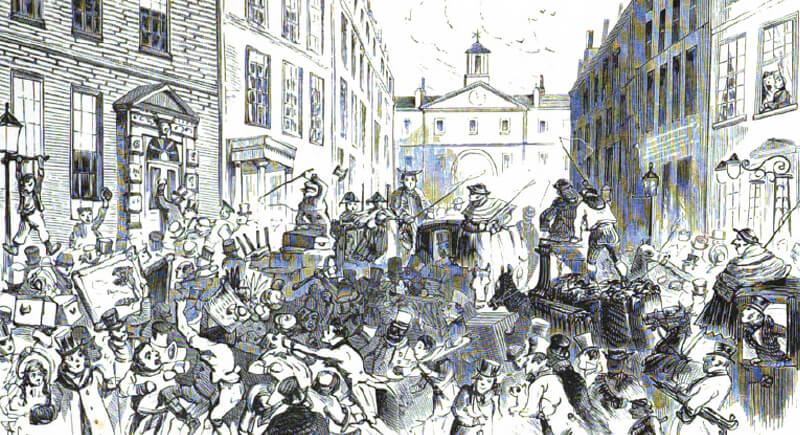
Deliveries of coal, cakes, organs, and even medical personnel flooded the home of a confused Mrs. Tottenham in 1810. The entire event was orchestrated by writer Theodore Hook, who bet he could make any house the most talked-about in London. By noon, even the Mayor and Governor of the Bank of England had shown up.
Mary Toft And Her Rabbits
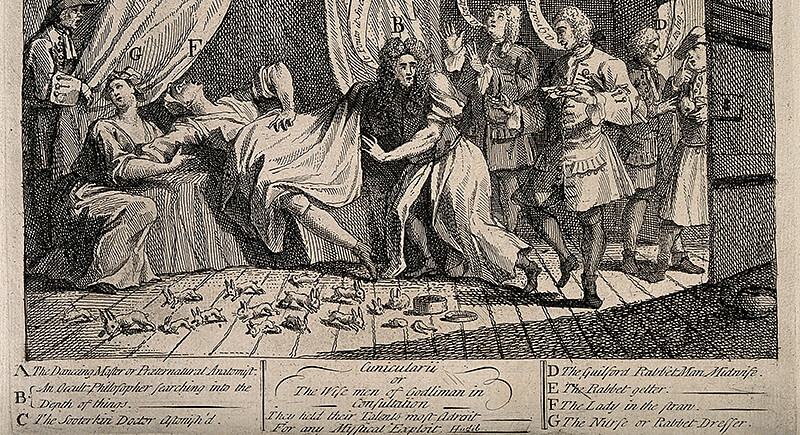
In 1726, Mary Toft from Godalming, England, claimed she was giving birth to rabbits. Doctors, including King George I’s surgeon, examined her and believed it. The real explanation? She’d inserted animal parts into herself and faked labor. Her story unraveled under interrogation, and she eventually confessed.
The Laocoön Statue Mystery
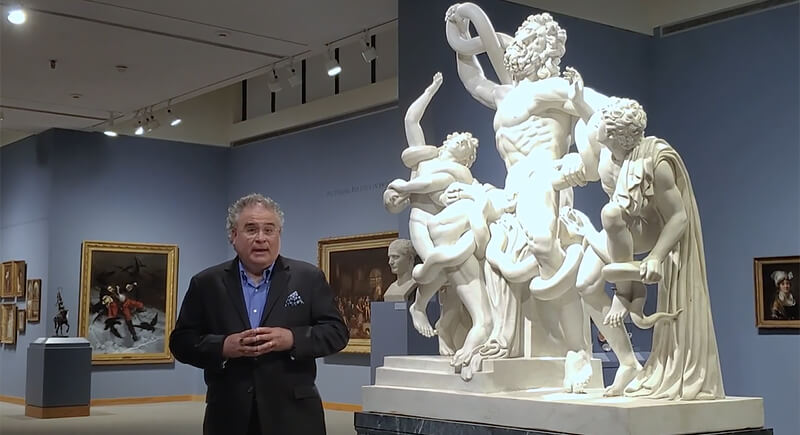
When “Laocoön and His Sons” was unearthed in Rome in 1506, many hailed it as the sculpture described by Pliny the Elder—an ancient Greek masterpiece. Yet some scholars suspect it’s actually a Renaissance creation by Michelangelo. If true, one of the Vatican’s prized relics is actually an artistic prank by a genius.
The Toledo Letter Of Doom
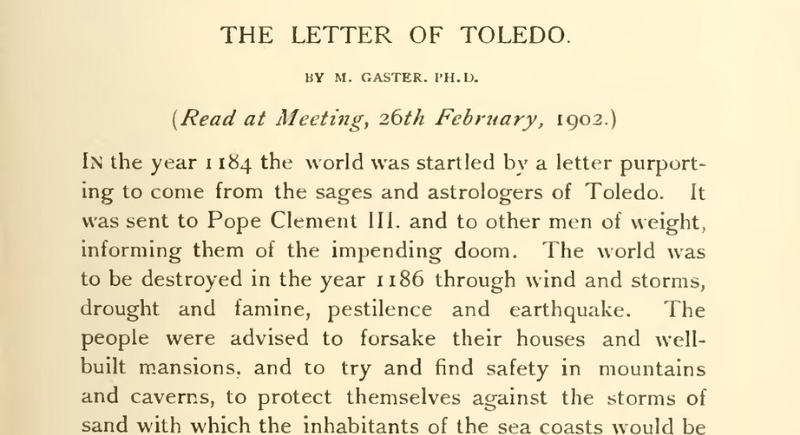
In the 12th century, a letter circulated across Europe claiming the end of the world would arrive in 1186. It was signed by astrologers in Toledo and described storms, disease, and earthquakes. People fasted and prayed to avert the apocalypse until nothing actually happened.
The Turk Chess Machine
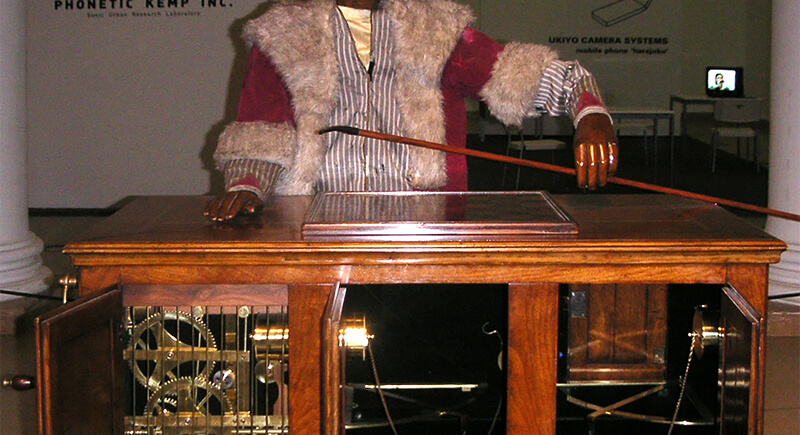
The Turk looked like a mechanical man playing chess against humans and winning. Spectators believed it was an early example of artificial intelligence. In reality, a human chess master was hidden inside the cabinet and moved the pieces with levers. The illusion lasted decades, even impressing Napoleon.
The Sacred Relics
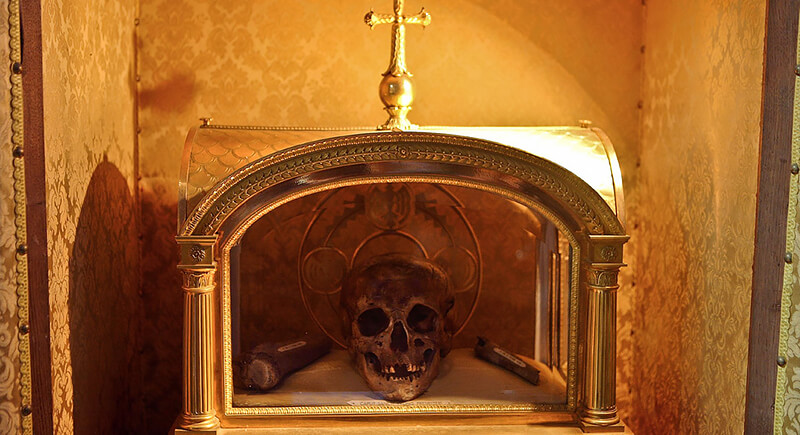
For centuries, European churches claimed to possess Jesus’ remains—yes, multiple ones. At least 20 were recorded, each revered as a holy relic. Some were paraded during festivals, attracting pilgrims and donations. The most famous was housed in Calcata, Italy, until it mysteriously vanished in 1983.
The Fake Loss Of Napoleon
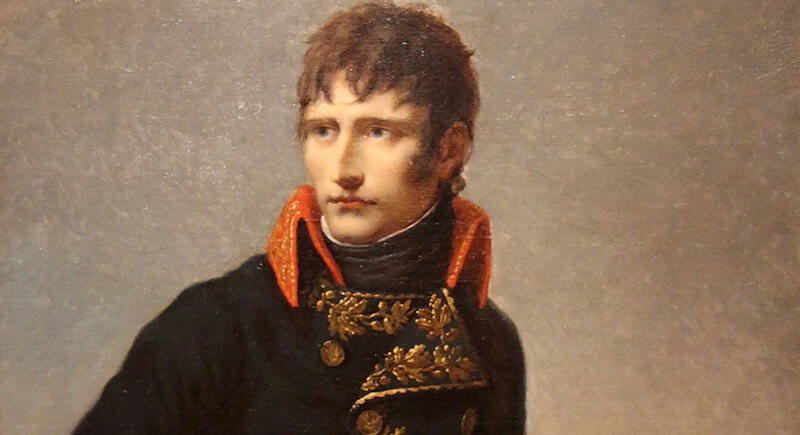
A man dressed as a British officer landed in Dover in 1814 and spread word that Napoleon had vanished. The news sparked a surge in the stock market as investors believed peace was at hand. The truth is, the scheme was part of a financial scam by Lord Cochrane and his allies.
Shinichi Fujimura’s Archaeological Scam

Shinichi Fujimura, nicknamed “God’s Hands,” was once celebrated for finding ancient Paleolithic sites in Japan. He claimed discoveries that pushed back human presence by hundreds of thousands of years. In 2000, journalists caught him on camera burying artifacts before excavation. Many items were real but came from other eras or locations.
The Alchemist’s Gold Trick
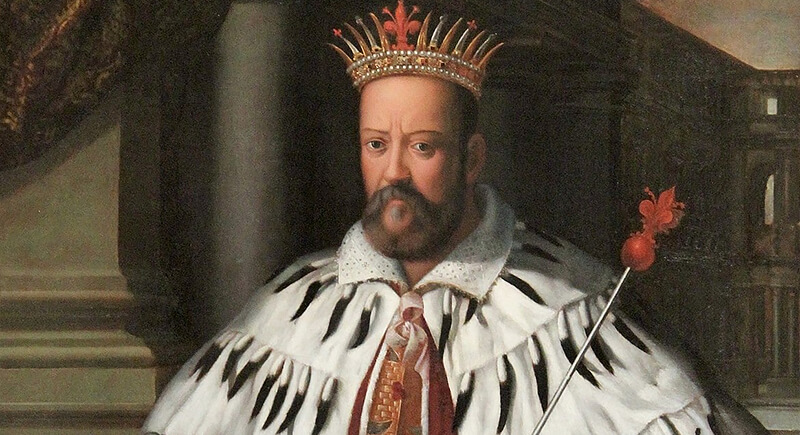
In 1555, Florence, an alchemist convinced Duke Cosimo I that he could make gold using a mysterious powder called “usufur.” After a staged demonstration using gold he’d disguised earlier, the Duke paid 20,000 ducats for the formula. The alchemist vanished soon after, leaving no instructions behind.